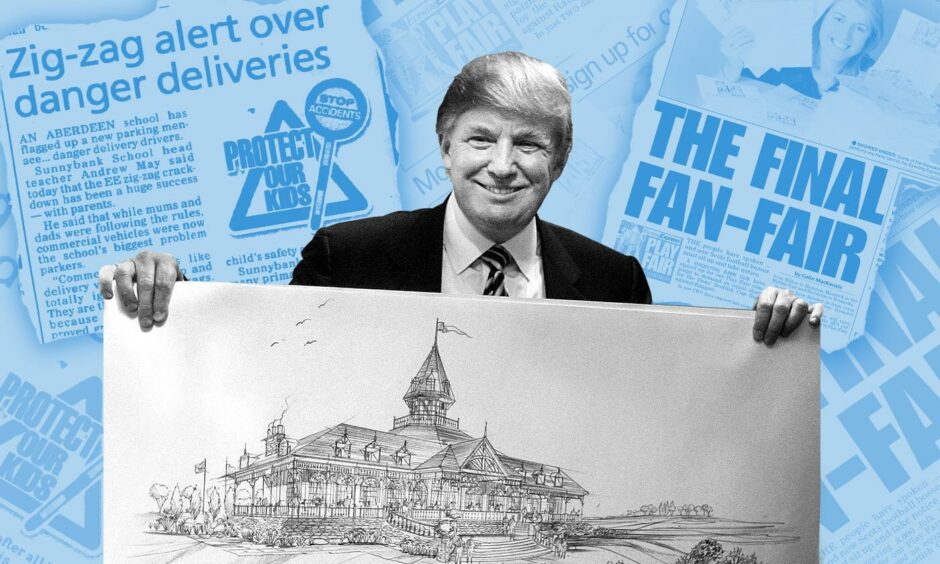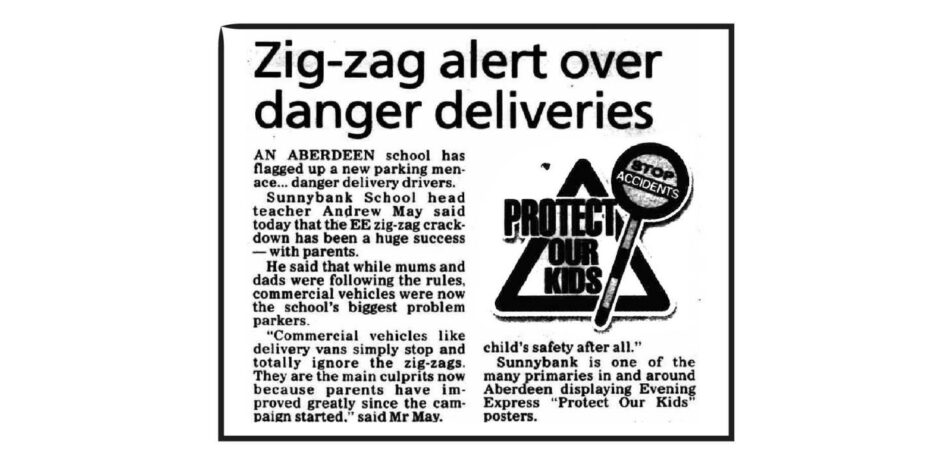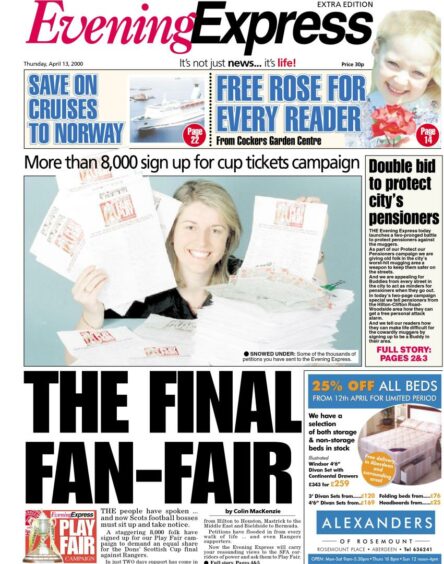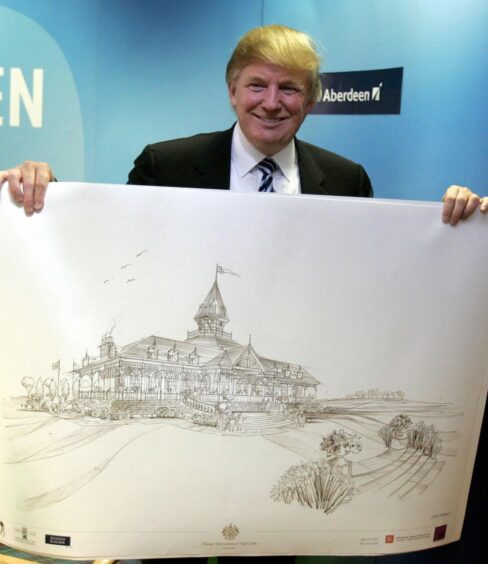
Richard Prest, former deputy editor at the Evening Express, gives a personal opinion on the approach the newspaper took to the Trump proposal and its initial rejection by councillors
Newspapers are nothing if they are out of touch with their readers. Indeed, a huge amount of time and money is spent ensuring we understand what our readers – now called our audience given we produce print, audio and video products – like and dislike, their views on a variety of topics and what they do for work and what they do away from work.
This helps reporters report on matters that are relevant to the lives being led by the audience. Such an approach is not new and back in the late 1990s/early 2000s the Evening Express conducted extensive market research to identify who was reading the newspaper and the type of coverage they wanted.
The feedback was marked as it revealed many readers wanted the newspaper to take a stronger approach on issues they felt had an impact in their lives. They didn’t just want the paper to report on those issues they wanted it to take a stand, to campaign and fight for things to change.

We did that, starting with campaign to stamp out parking on the zig zags outside schools. The newspaper didn’t just report upon the issue.
It got involved. A reporter and photographer stood at school gates and took pictures of those who had parked on the zig zags. The pictures and registration numbers were then published in the newspaper to force those rogue parkers to change their behaviour.
Acting in readers’ interests
On the sporting front the newspaper sprung into action when the SFA decided Rangers should be given the majority of tickets for the Scottish Cup final versus Aberdeen.
The Evening Express said this was unfair and campaigned for a 50/50 split in the allocation. Thousands of Aberdeen supporters signed our petition which was delivered to Hampden. On this occasion the SFA refused to yield but in future years it did indeed offer more 50/50 splits.

These are examples of a newspaper acting in its readers interests which were identified as part of thorough research.
The Trump controversy
When the Trump issue emerged the paper again took the temperature of its readers and found they were massively in favour of the plan going ahead. When the application was rejected, the paper reacted as it had done in the past and took a stand on behalf of its readers.
Any claim that it did so because it was being swayed by big business or other matters is wrong. Its readers had expressed their feelings on the matter and the newspaper acted accordingly. I should know. I was deputy editor at the time.
Hindsight, as they say, has 50/50 vision. Looking back, I along with large swathes of the North-east were interested by the pledges of what the development could do for the North-east economy and also what it would say to the world if we rejected such investment.
It’s worth noting that Trump, back then, wasn’t seen in quite the light he is now. Yes, he was controversial but this was well before Make America Great Again, Take Back Control, Hillary’s a Crook, and the Taking of the Capitol.
In the 15 years since the Menie decision, the public and the media have both changed. Our own most recent research shows our audiences still want our titles to fight for the North-east but they so want a better understanding of the “other side” and why it might hold a contrary view.
They also want a change in tone: less tabloid and more thoughtful. They have expressed their views and that is what we will try to deliver.
So, yes, we got many things right back in the day. But we also got some things wrong.
